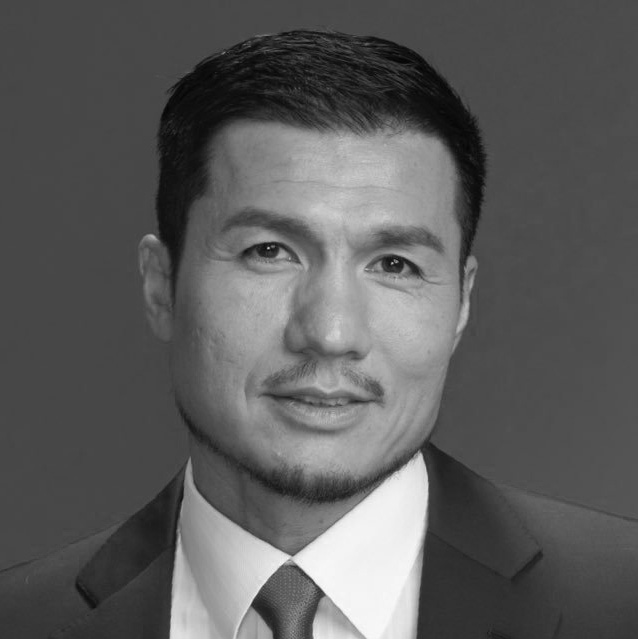- Technology
- SEE MORE
- classical
- general
- talk
- News
- Family
- Bürgerfunk
- pop
- Islam
- soul
- jazz
- Comedy
- humor
- wissenschaft
- opera
- baroque
- gesellschaft
- theater
- Local
- alternative
- electro
- rock
- rap
- lifestyle
- Music
- como
- RNE
- ballads
- greek
- Buddhism
- deportes
- christian
- piano
- djs
- Dance
- dutch
- flamenco
- social
- hope
- christian rock
- academia
- afrique
- Business
- musique
- ελληνική-μουσική
- religion
- World radio
- Zarzuela
- travel
- World
- NFL
- media
- Art
- public
- Sports
- Gospel
- st.
- baptist
- Leisure
- Kids & Family
- musical
- club
- Culture
- Health & Fitness
- True Crime
- Fiction
- children
- Society & Culture
- TV & Film
- gold
- kunst
- música
- gay
- Natural
- a
- francais
- bach
- economics
- kultur
- evangelical
- tech
- Opinion
- Government
- gaming
- College
- technik
- History
- Jesus
- Health
- movies
- radio
- services
- Church
- podcast
- Education
- international
- Transportation
- Other
- kids
- podcasts
- philadelphia
- Noticias
- love
- sport
- Salud
- film
- and
- 4chan
- Disco
- Stories
- fashion
- Arts
- interviews
- hardstyle
- entertainment
- humour
- medieval
- literature
- alma
- Cultura
- video
- TV
- Science
- en
Massive XR Environments and Transforming Education with Alvin Wang Graylin

The latest generation of XR technologies introduces radical new capabilities, from multi-user tracking in massive spaces, to 6DOF standalone headsets, to the ability to track hands, eyes, and lips. HTC\u2019s Alvin Wang Graylin discusses what this means for everything from automotive design to helping children learn about the universe.\n\n\n\nAlvin Wang Graylin is an industry leader, evangelist and passionate driver of XR technologies, particularly virtual reality. As the China President at HTC, he leads all aspects of the company\u2019s VR and smartphone business in the region.\n\n\n\n\n\n\n\nAlan: Today\u2019s guest is an industry leader, evangelist and passionate driver of XR technologies, and particular virtual reality, Mr. Alvin Wang-Graylin. Mr. Graylin is the China President at HTC, leading all aspects of the Vive/VR (VIVE.com) and the Smartphone businesses in the region. For those of you not familiar with HTC Vive, VIVE is a first-of-its-kind virtual reality platform, built and optimized for room-scale VR and true-to-life interactions. Delivering on the promise of VR with game-changing technology and best-in-class content, VIVE has created the strongest ecosystem for VR hardware and software, bringing VR to consumers, developers and enterprises alike.\n\n\n\nHe is also currently Vice-Chairman of the Industry of Virtual Reality Alliance (IVRA.com) with 300+ company members, President of the $18B Virtual Reality Venture Capital Alliance (VRVCA.com) and oversees the Vive X VR Accelerators (VIVEX.co) in Beijing, Shenzhen and Tel Aviv. Mr. Graylin was born in China and educated in the US. He received his MS in computer science from MIT and MBA from MIT\u2019s Sloan School of Management. Mr. Graylin graduated top of his department with a BS in electrical engineering from the University of Washington, where he had specialized in VR and AI over two decades ago under the tutelage of VR pioneer Tom Furness.\n\n\n\nPlease welcome to the show Mr. Alvin Wang-Graylin.\n\n\n\nAlvin:\n Hi, how are you doing, Alan?\n\n\n\nAlan:\n I\u2019m fantastic. There we go, we got you now. Awesome. Where are you\ncalling in from?\n\n\n\nAlvin:\n I\u2019m in Beijing, China.\n\n\n\nAlan:\n Beijing right now. And what time is it? It\u2019s gotta be in the middle\nof the night, I think.\n\n\n\nAlvin:\n About 10:30 PM.\n\n\n\nAlan:\n Oh, well thank you so much for taking the time to record this with\nus. I\u2019m going to jump right into it. For the people listening, you know,\nreally, really exciting things happening at HTC right now, and you just held\nyour fourth annual VIVE Ecosystem Conference, or VEC conference in Shenzhen.\nCan you maybe speak to some of the announcements and how their impact is going\nto really impact business use cases of VR?\n\n\n\nAlvin:\n Yeah, I\u2019m happy to jump right in. We just had our yearly biggest\nconference of the year, and had about a thousand people come in, and about a\nhundred press, and essentially all the industry folks that are in China \u2013 and\nactually, quite a few folks from around Asia and even parts of the US \u2013 came.\nPeople, from the developers, from our sales channels, our accessory partners. A\nlot of investment companies, as well as Chinese carriers, governmental\norganizations that are involved with high tech. Essentially, what we do every\nyear is gather together all of the leading players in the industry and try to\ncreate a unified direction. And the key direction that we were trying to point\nto this year is something called multi-mode VR. That\u2019s when, you know, VR can\nbe used, not just for one way of connecting, but it could be connected to your\nPC. It could be connected to 5G cloud VR. It can be connected to a console, or\na 360 streaming camera, etc. So it\u2019s a very exciting time for us in the\nindustry, that these n